


DNAmers
gamer level 5
4191 xp
4191 xp
followers
15
15
Use my invite URL to register (this will give me kudos)
https://boardgaming.com/register/?invited_by=dnamers
profile badges
...
...
...
...
recent achievements

Baron / Baroness
Gain 10 total followers
Gain 10 total followers

I Walk the Talk!
Claim that you have played a game today by clicking the "Played Today!" button on a game page 100 times.
Claim that you have played a game today by clicking the "Played Today!" button on a game page 100 times.

Gamer - Level 5
Earn Gamer XP to level up!
Earn Gamer XP to level up!

Tinkerer
Submit 5 house rules (a type of game tip) and get 20 positive ratings.
Submit 5 house rules (a type of game tip) and get 20 positive ratings.
Player Stats
Critic (lvl 1)
295 xp
295 xp
Explorer (lvl 3)
722 xp
722 xp
Professor (lvl 2)
588 xp
588 xp
Reporter (lvl 1)
123 xp
123 xp
About Me
I'm an avid boardgamer of all types, and a regular 4E D&D player. I can appreciate the elegant mechanics of a heavy Euro just as well as theme-heavy Ameritrash title, and could probably never pick from between the two.
I'm still relatively new to the hobby -- I've only been logging my plays on the Geek for a year -- yet my collection is over 120 titled already. I'd rather play a new game than an old favourite most of the time, and exploring new games and game mechanics is of more interest to me than winning. For now, at least. ;)









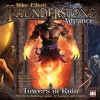





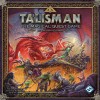
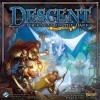








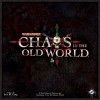


























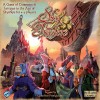







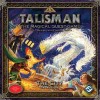







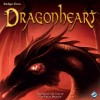






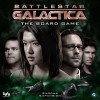




Pandemic
Pandemic is one of those games that defies logic; it’s one of the few purely co-operative games out there — with no one set to turn coat and become a traitor later on — and it actually gets harder the more people you play with, not easier. Pandemic is the sort of rare game that appeals both to strategic/power gamers and social/party gamers. It’s relatively lightweight as boardgames go, and the rules for the game and the objective of play are both fairly straight forward.
The premise is simple: up to four diseases are spreading around the globe, infecting cities at a geometric rate, and players take on the role of one of a handful of biomedical doctors, researchers or support engineers in a race to outpace the spread of each disease. Each role has a unique ability that can be used in the fight to stop the spread of disease, to find a cure, or in the final eradication of each disease, but it’s only by working together, synergising each role’s effect that players will start to make inroads into the spread of the disease.
And that is where Pandemic shines. As a truly co-operative game that calls on players to very actively work together, Pandemic excels. A group of players each playing their own game — even experienced players — will never beat the epidemic, even at the game’s tamest setting (and yes, the game comes with three progressively more difficult settings of play), and part of the strategy of the game is learning to identify synergism between the abilities of the roles on offer to maximise their effectiveness.
The theme of the game both sets and suits the pace of play perfectly. As play progresses, the diseases spread from localised areas, using a nifty mechanic that both ratchets up the intensity of the spread of infection, and keeps the base of infection in localised hotspots. There is a minor ‘take that’ element to the game; players have a very limited pool of very special effects and events they can call on in emergencies … but the game effectively has these too, and the rate and pace it which throws out these curve-balls means players can rarely rest. Mechanically, the game does an excellent job of keeping the levels of anxiety high, and it’s usually only a matter of time before that spills over to panic as various outbreaks slowly yet inevitably get out of the player’s control … do you focus on one disease in one area, hoping to eradicate it from the game completely while a second rages out of control … or should you try and keep every disease fenced in, on the chance that a slight reprieve will give you the time to push for a cure?
The game board is pleasing to the eye, with little chrome (superfluous components or rules details added to a game to add a feeling of theme, usually at the expense of mechanical balance and efficiency), and a good level of iconography provides intuitive information without continually having to read detailed card effects, or seek rules interpretations, keeping the pace of play lively.
Co-operative games aren’t for everybody. People play boardgames for many reasons, and the direct competitive element is one of them. But while Pandemic is a co-op, at times it definitely feels like the board itself is playing against you, and players will come to dread the growing sense of anxiety that builds as the diseases start spreading faster than they can contain them.